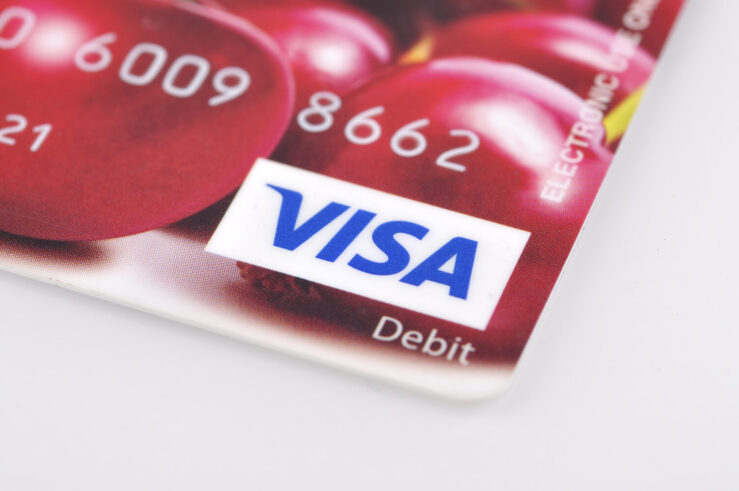The WSJ reports that the DOJ is getting itself ready to challenge the Google-ITA merger (see earlier TOTM posts here and here):
Justice Department staff lawyers have begun preparing legal documents for use in a possible court challenge to the $700 million deal for ITA Software Inc., but no decision to proceed has been made, one of the people familiar with the matter said. Google, of Mountain View, Calif., recently told the government it had complied with all requests for information about the ITA deal, this person said. That milestone typically gives the agency 30 days to decide whether to take action, though such deadlines can be extended. The government is expected to make its decision later this month or in early February, this person added.
The potential theory is that Google, post-merger, would exclude rivals from cutting off access to ITA’s software:
Government lawyers have asked executives in the $80 billion online travel market if Google could unfairly disadvantage potential new rivals by cutting off their access to ITA’s software, people familiar with the questioning have said. The lawyers also inquired about whether Google would direct users of its search engine to the travel-search service it plans to build around ITA’s technology, to the detriment of soon-to-be rivals that currently get traffic from Google’s search engine, these people said. Google currently directs users searching for travel itineraries to Kayak.com and other sites.
Some commentators have discussed the inclusion of Section 2 in the list of statutes enforced by the antitrust agencies through merger policy and the language in the HMGs overview stating that “Enhanced market power may also make it more likely that the merged entity can profitably and effectively engage in exclusionary conduct.” Section 2.2.3 of the new HMGs also observes that “rival firms may provide relevant facts, and even their overall views may be instructive, especially in cases where the Agencies are concerned that the merged entity may engage in exclusionary conduct.” It looks like these new sections of the Guidelines may be tested early on.
I’m tentatively skeptical about the value of embedding this exclusion analysis so prominently within the Guidelines, and more specifically, bringing merger challenges on the grounds of the likelihood of future exclusion. In my view, we know so little about the relevant inputs to designing such a policy (how often do exclusion problems arise, how large are the anticompetitive effects, can we identify these cases ex ante?) that it seems unwise. As antitrust analysts well know, there is much more disagreement over issues surrounding exclusion than purely horizontal mergers (see, e.g., the Section 2 Report episode). Predicting the effects of horizontal mergers can be difficult enough in its own right. But this raises the issue of why the DOJ would make a challenge under Section 7 of the Clayton Act rather than waiting. It appears that the DOJ is quite willing to use Section 2 of the Sherman Act. If there is some uncertainty over whether Google’s post-merger incentives will lead to increased efficiencies (as Google claims) or conduct that excludes rivals and makes consumers worse off — and as with most monopolization cases there appears to be significant debate on this issue — why not wait and see? If Google’s conduct is anticompetitive, surely the DOJ or FTC can bring suit under Section 2 or even Section 5 of the FTC Act. The conventional argument in merger cases is that a post-consummation remedy requires “unscrambling the eggs.” Is that true here? Wouldn’t the remedy that would be imposed here some non-discriminatory licensing requirement? There are other costs of inserting a pre-emptive exclusionary conduct review into merger analysis. Nearly any merger that might increase a firm’s market power could potentially increase incentives to discriminate against or foreclose rivals. However, the same merger also can lead to greater efficiencies. It is hard to imagine a horizontal merger where one could not imagine some form of exclusion theory with all sorts of forward-looking statements from the agencies about the likelihood of exclusion post-merger. Embedding the Section 2 mess into merger analysis hardly seems a step toward certainty and providing guidance to firms.
The treatment of these theories in Google-ITA will be watched very closely.




